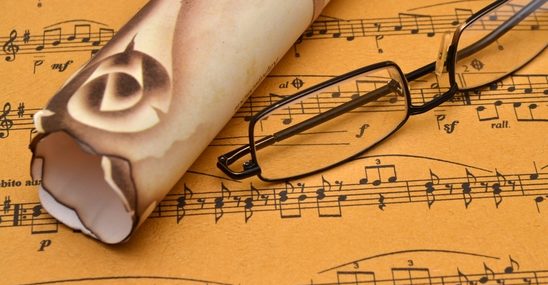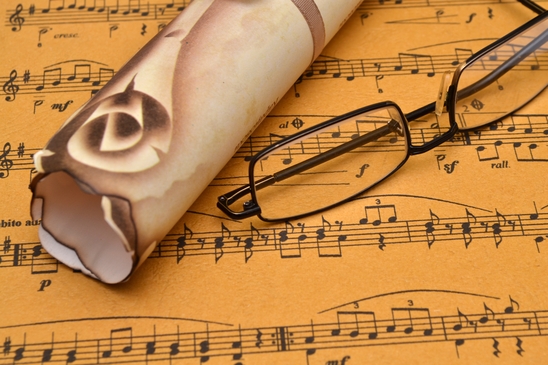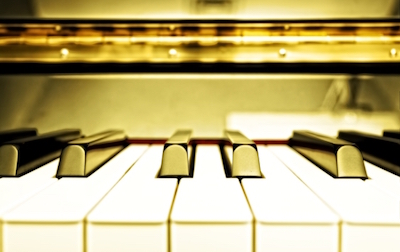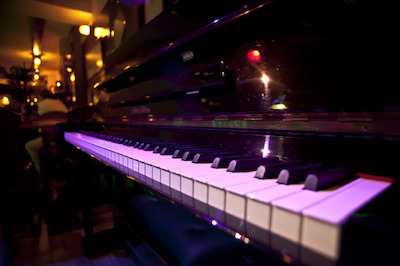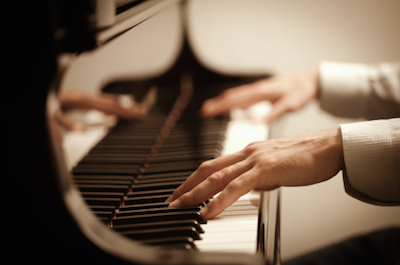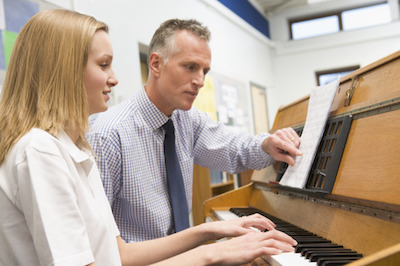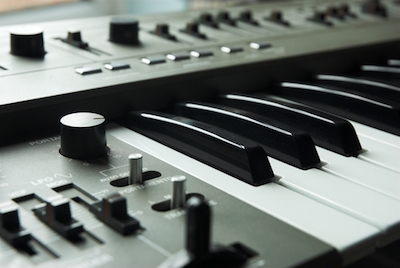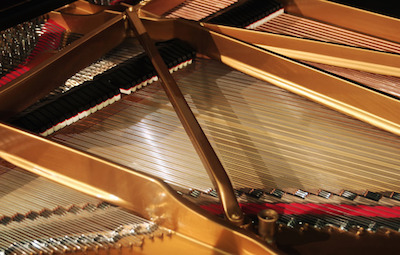One of the biggest reasons the piano is one of the most popular instruments is because of its approachability. No matter where it sits in a room, it calls out to be played. People from 2 to 102 feel comfortable reaching out and hitting a key or two to create music.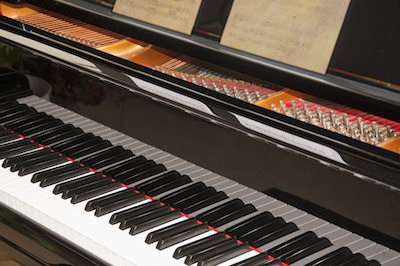
It’s an instrument that plays both melody and accompaniment. It’s built into the structure of almost every song, every genre, every style. If you like classical, jazz, pop or rock and roll, you’ll be able to quickly transform it underneath your fingers, creating a song that’s recognizable and fun to play.
No wonder people love the piano as much as they do.
Whether you’ve just started playing the piano, or have played it for years, there are a few things about it you may not know.
While a piano may seem like a simple, straightforward instrument that’s easy to operate and easy to maintain, in reality, it’s a complex instrument with over 12,000 parts. Each part works in conjunction with others, coming together to create the beautiful sounds you hear each time you play. The only way to keep all 12,000 parts working in unison is with regular maintenance, tuning, and repair.
By comparison to many other instruments, the piano is actually one of the newest in the music industry. The piano was introduced in Italy by Bartolomeo Cristofori in 1698. Compare that to drums that are as old as mankind, or flutes made out of bone that date back to prehistoric times.
The piano is the most versatile instrument on the market, often referred to as the King of Instruments. This is because it has the widest tonal range of any other instrument. The piano can reach the lowest note of the contrabassoon and the highest note of the piccolo.
Currently, there is estimated to be about 10 million pianos scattered across the U.S. in homes, businesses, and other institutions. While new piano sales ranged around 500,000 units at the beginning of the 1900s, that figure has dropped considerably to today’s figure of around 65,000 new units.
For the standard piano sitting in most homes, it has about 230 strings each with about 165 pounds of tension. The combined tension of the strings is more than 18 tons of pressure. For a concert grand piano, that pressure level will increase to more than 30 tons.
The phrase “tickle the ivories” came from the fact that piano keys were made of ivory up until the 1950s. Manufacturers changed from using ivory to plastic when costs began to escalate, and the questionable practice of obtaining ivory came to light.
A new piano needs to be tuned at least four times its first year. As it is adjusting to changes in temperature, humidity, and environment, it will cause the piano to go out of tune. After it settles in your home, tuning requirements usually fall to twice per year.
It’s never too late to learn how to play the piano. Whether you wish to bring music into your child’s life, or you wish to fulfill a lifelong dream of playing, the best way to get started is to find the perfect piano for your home.

